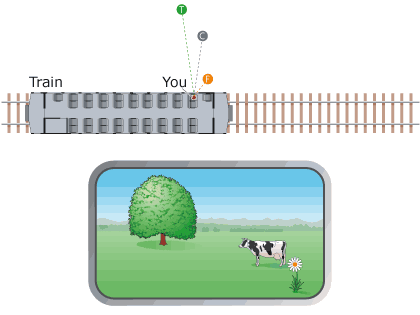
Because their eyes are in the early stages of development, perceiving colours may be more difficult for them.įantz (1963) found that babies prefer complex patterns compared to simple patterns suggesting that babies can differentiate between patterns. Young babies have been found to prefer bold colours or highly contrasting ones such as black and white. Newborns eyes have poor muscle definition and so struggle to do this.Ĭolour: cones are cells that are found in the retina and are responsible for colour vision. Infants can see 6 metres clearly, but an adult can see between 100-125 metres!!īinocular vision: eyes have to be aligned and coordinated in their movements in order to achieve accurate depth perception.

It is determined by how quickly our eye muscles are able to contract and relax in order to focus. Below are a number of sensory skills that develop over the first year of life:Īcuity: this is the sharpness of or vision the ability to detect fine detail. Visual perception: Information that enters our pupils and the ability to recognise objects, colours and depth. In binocular vision, these relative sizes are compared, since each individual eye is seeing a slightly different image from a different angle. When an image is projected onto a single retina, cues about the relative size of the object compared to other objects are obtained. Monocular vision is poor at determining depth.


Perception is the process by which our minds organise, process and make sense of sensory data.ĭepth perception is the visual ability to perceive the world in 3D, coupled with the ability to gauge how far away an object is.ĭepth perception, size, and distance are ascertained through both monocular (one eye) and binocular (two eyes) cues. Memory Strategy – Child Psychology – Perceptual Development:įALLS Happen Because Children Fail to Gauge Background – Perceptual development (Cognitive)


 0 kommentar(er)
0 kommentar(er)
